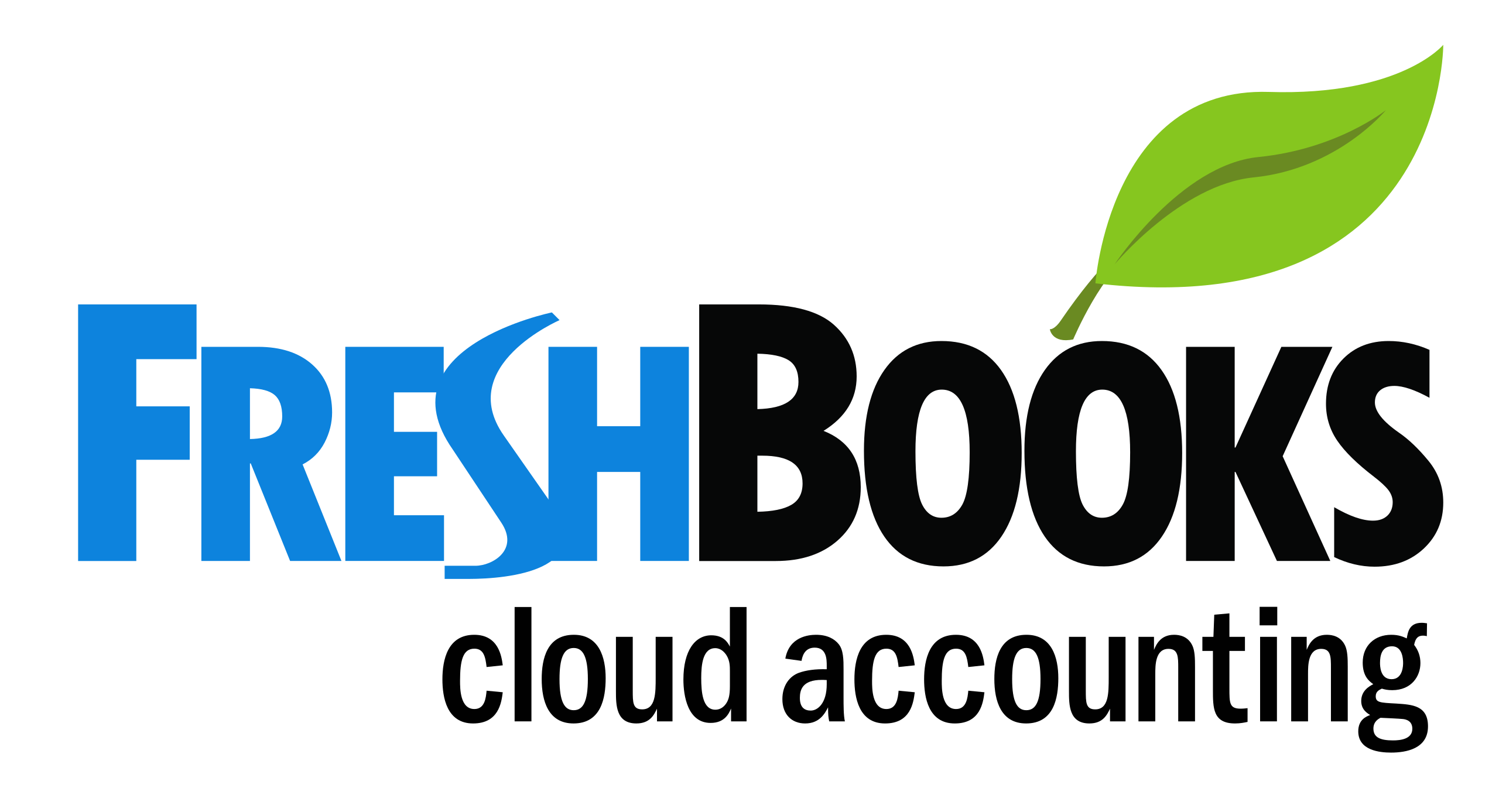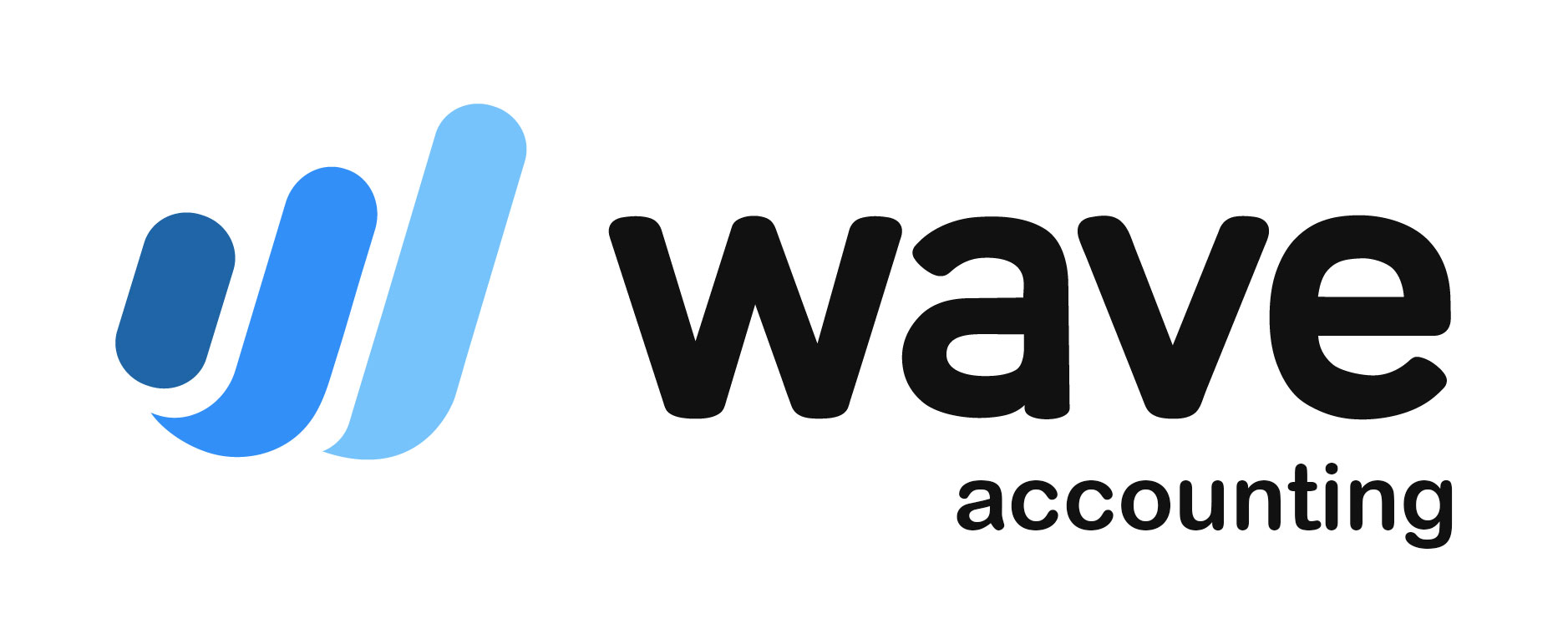How to grow your business with language translation

Do you want to expand your business internationally?
With language translation, you can break down those barriers and open doors to new markets. In this blog post, we will explore how translation services can help grow your business and provide tips on how to effectively implement them into your strategy. So, buckle up and get ready to take the first step towards global success!
As the world becomes more interconnected, businesses must be able to communicate with customers and partners in different countries. Language translation is essential for companies that want to enter new markets or expand their reach to global customers.
Translation services can help businesses overcome the language barrier and communicate effectively with their international audience. A professional translator can ensure that your website, marketing materials, and other communications are accurately translated into the target language.
Language translation is important for businesses because it allows them to:-
- Reach new customers in foreign markets
- Communicate effectively with international partners and suppliers
- Understand the cultural nuances of different countries
- Avoid costly mistakes when translating business documents
Benefits of language translation for business growth
In order to tap into new markets and expand your customer base, language translation is essential for businesses. By providing translations of your marketing and advertising materials, you can communicate with a wider audience and better convey your brand message. In addition, translating your website and other online content will make it accessible to international customers and help improve your search engine rankings. Language translation can also be beneficial for customer service, allowing you to resolve issues more quickly and efficiently. By offering support in multiple languages, you can create a positive experience for all your customers.
Best practices for working with language translators
When working with language translators, there are some best practices to follow in order to ensure a successful outcome.
- Define your objectives and expected outcomes clearly from the start. This will help the translator understand your expectations and produce work that meets your needs.
- Be specific about the target audience for the translated materials. This will allow the translator to tailor the language and style to appeal to that group.
- Provide any relevant background information about your company, product, or service. This will help the translator understand your business and industry and produce more accurate translations.
- Make sure all of your content is clear and concise before sending it to be translated. Ambiguous or complex content can be difficult to translate accurately.
- Give the translator ample time to complete the work, particularly for longer projects. Rushing a translation can result in errors and mistranslations.
Tips for evaluating language translators
When looking for a language translator, there are several factors you should take into account to ensure you find a quality translator who can meet your specific needs. Here are a few tips to help you evaluate language translators:-
- Determine the type of translation services you need. Do you need a general document translated or do you need specialized technical or medical translations? Make sure the translator you choose has experience with the type of translation you need.
- Ask for samples of the translator's work. This will give you an idea of their quality and style.
- Check references and reviews. Ask other businesses or individuals who have used the translator's services for their opinion on the quality of work delivered.
- Consider turnaround time and availability. Make sure the translator can meet your deadlines and is available when you need them.
- Get a price quote and compare rates. Language translation services can vary greatly in cost, so it's important to get a few quotes before making your final decision.
How to choose the right technology for language translation
The first step is to understand your specific needs. What type of language translation do you need? There are two main types: human translation and machine translation.
Human translation is performed by professional translators who are fluent in both the source and target languages. This type of translation is more accurate and expressive, but it can be more expensive than machine translation.
Machine translation is performed by software that translates text from one language to another. This type of translation can be less accurate and expressive than human translation, but it can be faster and less expensive.
Once you understand the different types of language translations, you can start to research different technology options. There are many software programs and online services that offer language translation. Some of the most popular include Google Translate, Microsoft Translator, and SDL Trados Studio.
To choose the right technology for your needs, consider the following factors:-
Accuracy
How important is accuracy for your translation project? If accuracy is paramount, you'll want to choose a technology that offers high levels of accuracy, such as human translation or a professional software program like SDL Trados Studio. If speed is more important than accuracy, you may want to choose a machine translation option like Google Translate.
Cost
How much are you willing to spend on language translation? Human translation can be more expensive than machine translation, but it may be worth the investment if accuracy is critical for your project. Machine translation options like Google Trans
Strategies for using language translation effectively
There are many strategies that businesses can utilize to make the most of language translation services.
Here are a few key tips:-
Define your target audience
Who do you want to reach with your translated content? Knowing your target audience will help you choose the right language(s) to translate into.
Keep it simple
Use clear and concise language in your original content to make it easier to translate. Avoid industry jargon and complex sentence structures.
Work with a professional translator
A professional translator will have a deep understanding of both the source and target languages, as well as cultural nuances that can impact translation. They can also help ensure accuracy and consistency across all of your translated content.
Review and revise
Always review your translated content for accuracy and clarity before publishing or distributing it. If possible, have someone who is bilingual or multilingual read it over as well. And don’t forget to proofread!
Conclusion
Language translation can be an invaluable tool for businesses looking to expand their reach and grow. By ensuring that your content is accessible in multiple languages, you are able to communicate with potential customers who may not have been reached before.
Adopting language translation services will enable you to open up new markets and attract a wider customer base, all while increasing the profitability of your business. With these tips, growing your business with language translation has never been easier!



